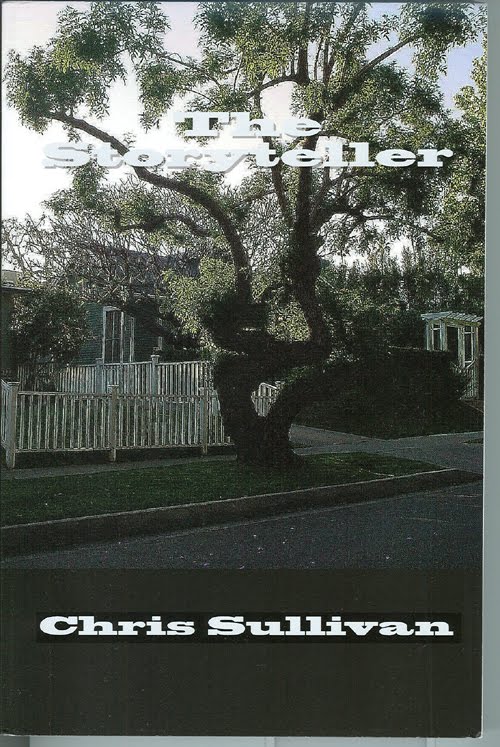Well the Academy Awards have been and gone for another year and the winners and losers are have gone on to pastures new and revisited. The winners can report to their agents, publicists and their staff and say that they did indeed thank them from the podium and bored the arses off the rest of us!
No matter how the Academy try and stop they always come out with a list of people to thank – wouldn't be so bad if they just thanked their spouses but to thank people they actually pay!!!!
It's strange that the best speeches were from non-actors and in particular the writers; namely the fella who wrote the script for The King's Speech, David Seidler, and Aaron Sorkin, the writer of The Social Network.
Incidentally it was good to see the former win at the age of 73 – kind of knocks ageism on the head – but not really; one swallow doesn't make a summer.
By the way the publicity has him as a British writer but he sounded American to me!
The best picture went to The King's Speech and it also got the best director – as you will know.
Some years the awards have been split and people have suggested to me – in a bar, over coffee; nowhere important – that if a picture wins the director should win too.
How does that leave the 5 extra movies that are now nominated for best picture – 10 in all now – when they only nominate 5 directors?
Personally I thought the best director this year was Christopher Nolan for Inception – but how do I know that? How could I even have an opinion? I wasn't there and didn't see any of the work.
There are 3 big bosses on a movie but the director oversees the lot: the editor, the director of photography (the DP) and the directors themselves.
The director's main job is to direct the actors and lots of directors just don't know how to talk to actors to get the best performance from them; so they hire actors who direct themselves and in films and television that's most of the time.
These directors are more concerned with the lenses, the shots and how the film looks but – even though this is commendable – isn't that really the job of the DP?
How does a director advise an actor to play an excruciating, difficult emotional scene if they don't know themselves or don't know what to say to them to give them a clue. It's no good saying 'you have to cry here' or 'here you are angry;' an actor needs to know the reason.
There is one form of direction and lots of directors use which is 'faster' or 'slower' or even 'give it more energy.'
I did some work with student directors at The Royal College of Art film school in London and when asked how they would direct a very difficult and emotional scene for an actor, one of the replies was 'I'll start off with a tracking shot and move into a close up.'
Great direction?
So how did the director of The King's Speech win as best director? Because the performances were good? If so – what about Churchill? Or the fella who played Churchill – a fine actor but totally miscast; what did the best director do about that?
Don't get me wrong, I loved The King's Speech and mentioned it in this blog in November - Bugger Bogner - the Oscar goes to . . . http://dlvr.it/9Ht9B – but when I saw it I couldn't help but wonder about the composure of some of the shots.
I have noticed the same kind of shots in some of the stuff that comes out of Britain particularly in one of my favourite shows MI5.
A close up in a movie – or a single shot – should not have the subject in the middle of the frame; the subject should be slightly to one side or the other. Documentary film makers usually put them in the middle when photographing talking heads.
The middle is the weakest part of the screen.
So the character you are shooting should be on one side or the other – like this photo of me I edited from the imdB.
 You see I am slightly over and looking across to whoever I am talking to; when the other person speaks they face the other way and are on the other side of the screen; this way you don't cross the line (I won't go into what that is now but if you are interested there are other places). It also looks comfortable and dynamic.
You see I am slightly over and looking across to whoever I am talking to; when the other person speaks they face the other way and are on the other side of the screen; this way you don't cross the line (I won't go into what that is now but if you are interested there are other places). It also looks comfortable and dynamic.
But in The King's Speech, and the things I have seen coming out of the UK they do this:
 They have the characters talking to the side of the screen with a space at the back of the head. My picture might not be a great example but I'm sure somebody out there knows what I'm talking about!!!!
They have the characters talking to the side of the screen with a space at the back of the head. My picture might not be a great example but I'm sure somebody out there knows what I'm talking about!!!!
It makes it difficult to know where the other person in the scene is!
My question is this: if this was the only clue to his direction, apart from the aforementioned performances, why was the director of The King's Speech the winner on Sunday?


No comments:
Post a Comment